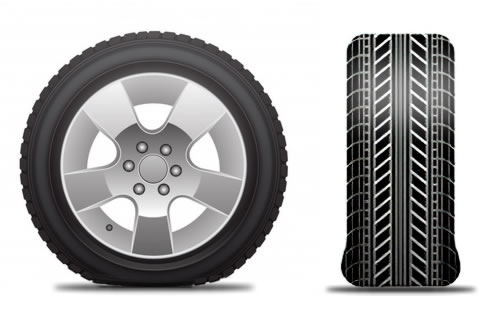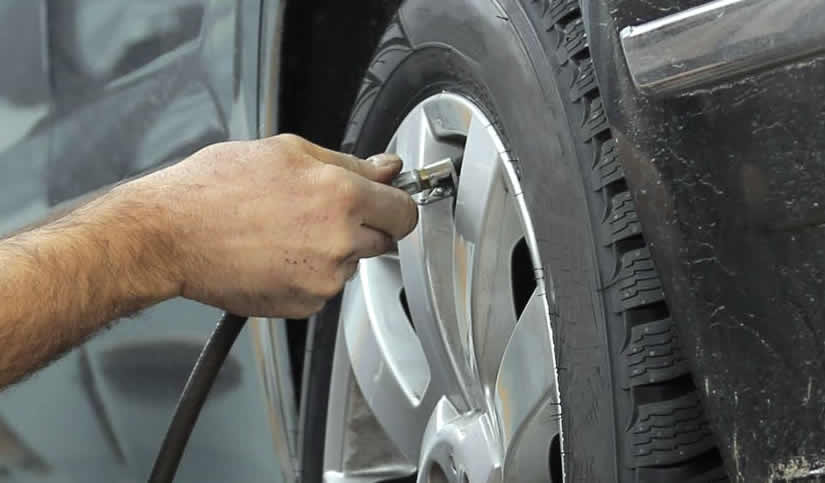Cold Tire Pressure Explained
You’ve probably seen ‘cold tire (tyre) pressure’ mentioned many times and probably wondered, what does cold tire pressure mean exactly? Here we’ll explain exactly what cold tire pressure means along with how to check cold and warm tire pressures.
Cold Tire Pressure Explained
When we drive our cars, the tires heat up due to the constant flexing of the rubber. Although the natural shape of tires is circular, the rubber is generating friction due to constant flexing from the flatter part of the tire at the bottom, changing back to its natural shape as the tire rotates.

If you go for a very short drive, the amount of heat generated by this friction will be minimal, but over longer drives, the heat is stored in the tire rubber and eventually in the wheels. Add to that, the faster you drive, the more friction is generated over a shorter period of time, contributing to even hotter tires. A certain amount of heat can also be generated by friction contact with the road surface.
Cold tire pressure is therefore defined as being the same temperature as the air surrounding it, or the ‘ambient temperature’. The reason for this is because after driving, the heat in the tires will increase the pressure and you’ll get an inaccurate reading.
How to Check Cold Tire Pressures
To get an accurate cold tire pressure reading, you should:
- Check tire pressures when your vehicle has been parked for at least 3 hours; or
- has not been driven for more than 1 mile (1.6 km)
How to Check Tire Pressure When Tires are Warm
Unless you’re able to adjust your tire’s air pressure at home, then like most of us, you’ll likely use a gas station air compressor. Unless you’ve driven less than 1 mile from where your vehicle has been parked for 3 or more hours, your tires will likely be warm and will need to be adjusted accordingly.
In this situation, set your tire’s pressure to 4 psi (14 kPa) above the recommended cold inflation pressure. The pressure inside warm, or ‘hot’ tires will be higher than in cold tires. The 4 psi rule states that a properly inflated tire at cold should be no more than a 4 psi increase when hot, which is why it’s recommended to add an extra 4 psi over the recommended cold tire pressures.
What Should My Tire Pressure Be?
Every car model has different tire pressures as recommended by the vehicle manufacturer. You can find your vehicle’s tire pressures in your owner’s manual, but if you don’t have a manual, check inside the driver’s door.
Look for a sticker inside the driver’s door jamb, listing recommended cold tire pressures. Pressures are typically listed in PSI and kPa. You’ll often find that front and rear tires have different pressure values. Additionally, there are usually two figures, one for ‘normal’ use and a higher pressure for fully loaded vehicles.
How Often Should I check Tire Pressure
It’s recommended that you check tire pressures monthly.
Why is Checking Tire Pressure Important?
Consistent and proper tire pressure is important for performance, economy and safety reasons. Driving on underinflated tires can result in:
- Excessive wear
- Uneven wear
- Poor handling of the vehicle – increased oversteer and understeer
- Overheated tires risking blowouts
- Air leaking from between tire and wheel
- Tire and wheel damage
- Increased fuel consumption due to increased friction
- Longer stopping distances
